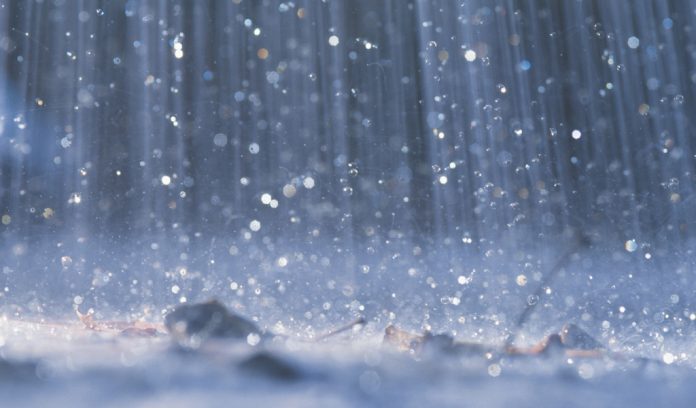Recently, the phone rang. I was on deadline, so I didn’t answer. Apparently, a local television news station wanted to do a story on farmers and the weather. The reporter didn’t leave a message. No matter. I would have advised doing what I would do as a reporter — reach out to a local farm bureau or an extension agent to get sources.
Important story
I hope that reporter got the story. It’s not going anywhere — and it will impact more than just farmers, as the consequences play out over the following months and years.
A quick search of “Midwest”, “rain” and “farmers” garners a long list of new articles, published over a period of just days, from regional and national publications, diving into the dire conditions and positing what the future could hold.
I applaud it. But I have to ask all of you journalists scrambling to get footage of flooded fields and find a farmer to interview: when the waters recede, which they will, eventually — will you be there, documenting the fallout? I hope so. It’s an important story.
Depending on how the weather develops, it may not be a story that goes away. Our own reporter, Sarah Donkin, reported on climate trends June 27. According to researchers, the number of field work days have decreased for Ohio farmers, down 10 since 1995.
We published a June 20 story that used the phrase, “slow-motion disaster.” More fitting words could not have been spoken. These conditions haven’t been seen for decades or even 100 years. It is historic.
“The other night, I had a nightmare that I still had a couple of hundred acres to plant,” wrote our grain commentator Marlin Clark, in his June 27 column, “I have not actually planted corn since 1987, so some nightmares never go away. For most Ohio farmers, they are all too real.”
Pay attention
On June 11, Beth Ford, Land O’Lakes chief executive officer, published an opinion piece in Forbes.com, headlined, “Farmers are in crisis — and America isn’t paying attention.”
She wrote it in the wake of historic flooding that hit the greater Midwest region in early 2019. Farmers, and other concerned citizens, in our area know about it first hand — they’ve traveled out to Nebraska and Kansas more than once in recent years to bring supplies and lend aid when times have been hard.
“… It’s not enough to count on farmers to tough it out. America needs to start listening to the voices of the heartland,” Ford wrote. “It’s not just about feeling empathy for flood-ravaged communities. It is about recognizing our shared destiny.”
Her words resonated, not just with me as an agricultural journalist, but with me, as a farmer. I talk about feeding and clothing the world, when I put my role as a sheep farmer in context. That is true of everyone involved in agriculture.
Follow the story
In journalism, we talk about developing sources and following up on stories. I hope these reporters who have pulled on boots and tramped out to flooded corn and soybean fields in recent weeks will keep those farmers’ names and numbers handy. Check in with them next month, in six months and a year from now.
Keep following this story. Because it may impact your box of cereal or the cost of your tires in the future. A crisis of this magnitude is no longer just about farmers. It’s about everyone.
It will demand creativity, perseverance and a willingness to make changes for the better.
At Farm and Dairy, we know this. So, we’ll keep following this story. We’re not going anywhere.













